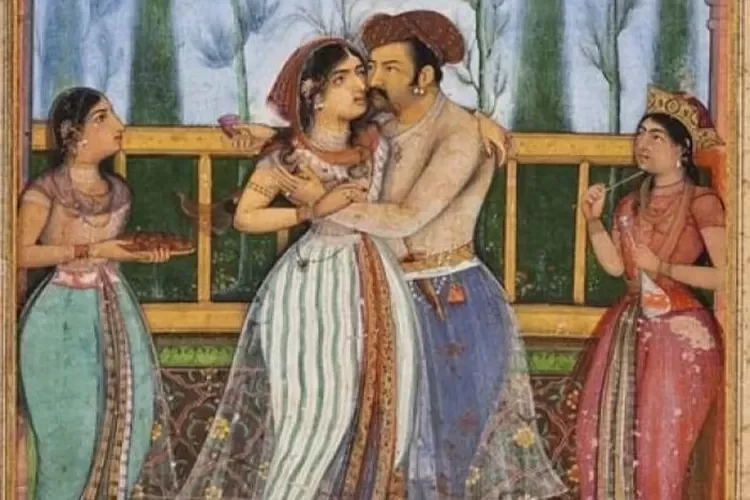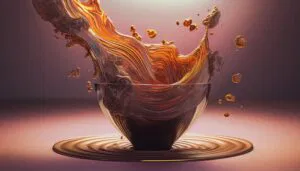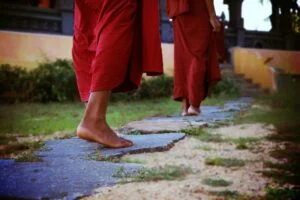The Kama Sutra is an ancient Indian text that is still relevant today, especially for modern Indian men. While the book is often associated with sexual positions and techniques, it is much more than that. The Kama Sutra is a guide to living a fulfilling life. A life that encompasses all aspects of human experience, from love and relationships to spirituality and the pursuit of pleasure.
Origins of the Kama Sutra
The Kama Sutra was written by the sage Vatsyayana, While little is known about Vatsyayana himself, his work has endured for centuries and has been translated into many languages around the world.
The Kama Sutra is part of a larger body of work known as the Kama Shastra, which translates to “science of love.” The Kama Sutra is divided into seven sections, each of which covers a different aspect of the human experience. These sections include general principles, sexual union, the ways of acquiring a wife, how to please a woman, how to attract a woman, how to win a woman’s heart, and the duties and privileges of a wife
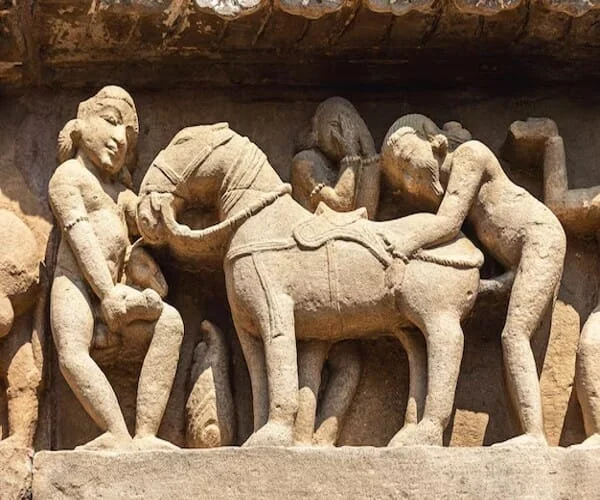
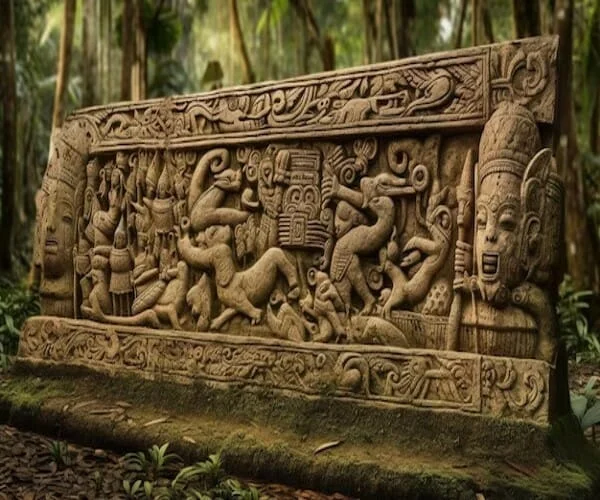
Kamasutra in the Vedas
The Rig Veda mentions Kama and views it as the seed or substance of the mind. According to the Atharva Veda, Kama represents love, passion, lust, and desire. According to Ayurveda, the foundation of the good life is kama, along with dharma, artha, and moksha. . According to Ayurveda, living a healthy life requires pursuing “Dharma,” “Artha,” “Kama,” and “Moksha.” “Dharma” denotes social responsibility; “Artha” denotes amassing riches for the family; “Kama” denotes sexual intimacy; and “Moksha” denotes release from the cycle of birth and death as well as all the pain and restrictions associated with worldly existence.
Kama in Traditions
In Vedic-era Indian mythology, Kama was the cosmic desire and the firstborn of the primordial chaos that gave rise to all subsequent creatures. Later, Kama is portrayed as a lovely young man who carried a bow covered in flowers and discharges arrows that made their targets fall in love. According to a legend from India, the deity Indra gave Kama the command to disturb Shiva’s concentration in order to make him fall in love with the goddess Parvati. Kama managed to shoot Siva with an arrow, but Siva was enraged and used the fire from his third eye to burn Kama to ashes. Then, Kama changed into Ananga, meaning “bodiless.”

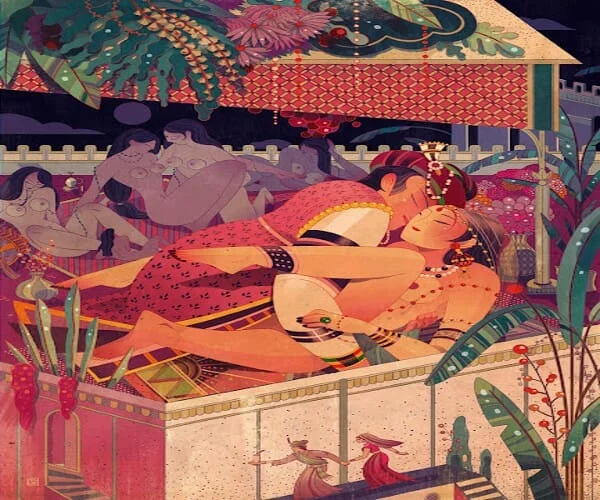
Other Accounts of the Origin of the Kama Sutra
Old Indian accounts claim that the ten thousand chapters of the Kama Sutra were declared by Prajapati, the god of creation. The ten thousand chapters were compiled by Mahadeva, who then condensed them into five hundred chapters. The Kamasutra was translated by Vatsyayana into Sutras in the ancient Indian language of Sanskrit, which is still used today in academic settings.
Conclusion
In conclusion, the origins of the Kama Sutra may be shrouded in myth and legend. The text itself remains a valuable resource for anyone who is seeking to deepen their understanding of love, sexuality, and human relationships. The Kama Sutra has endured for centuries as a testament to the enduring power and importance of human sexuality.
Featured Image Credits- Fine Art America



